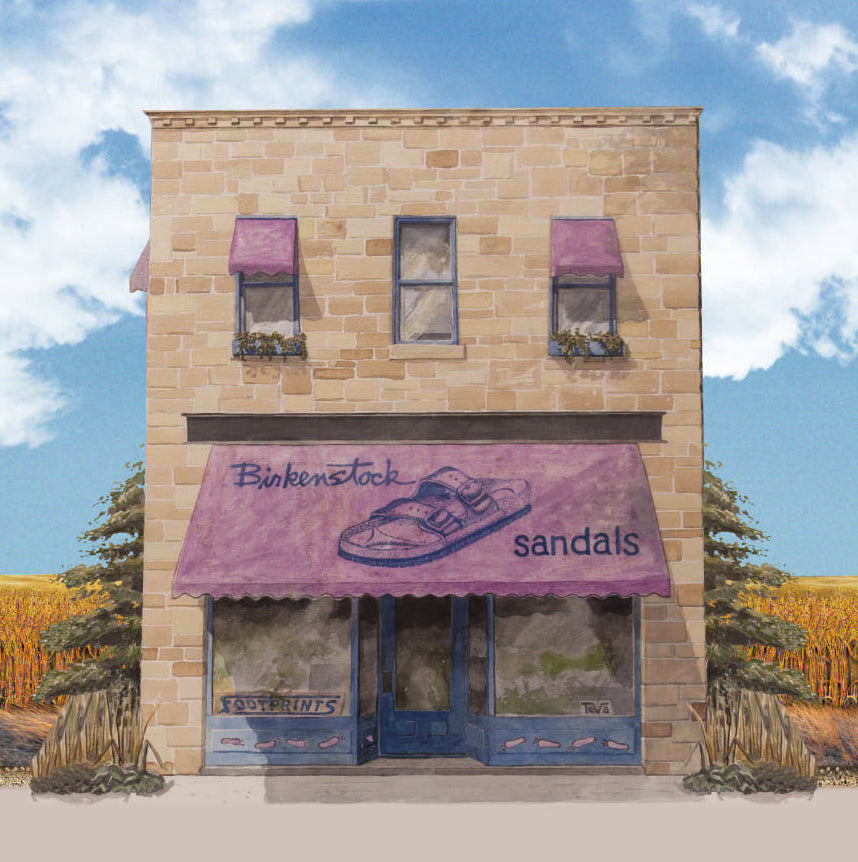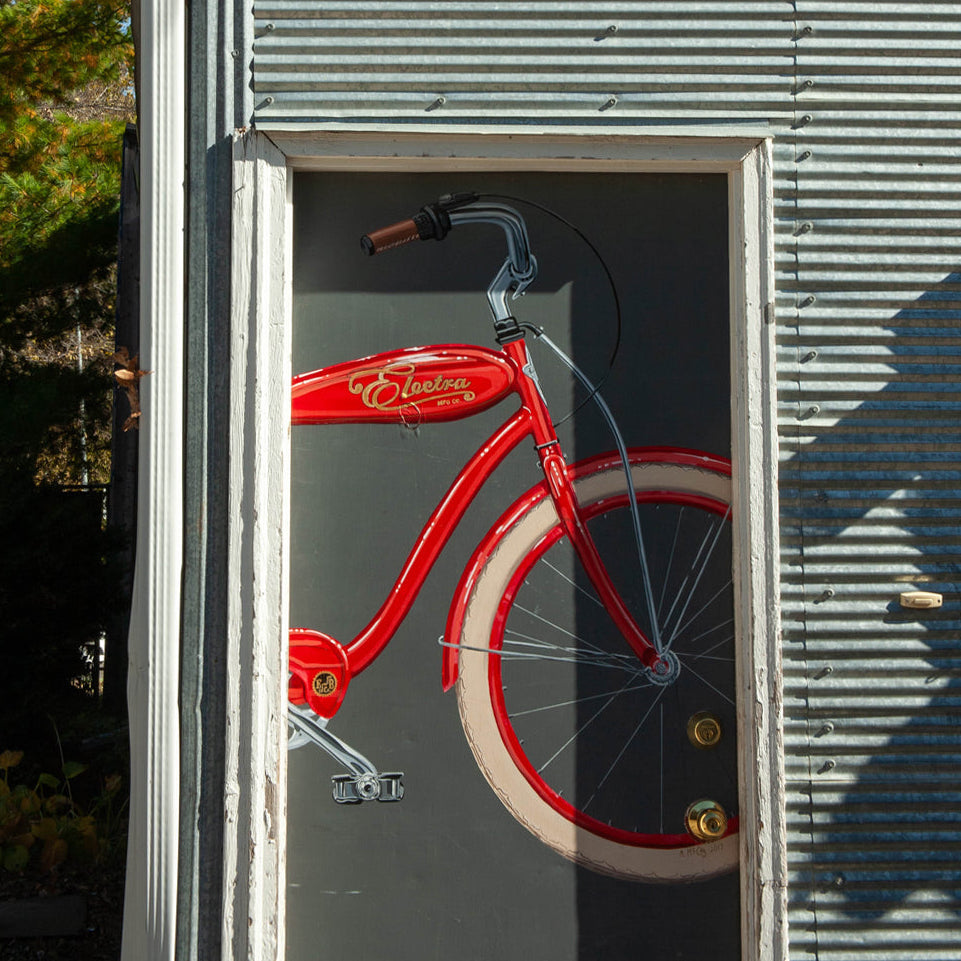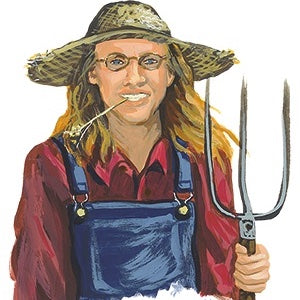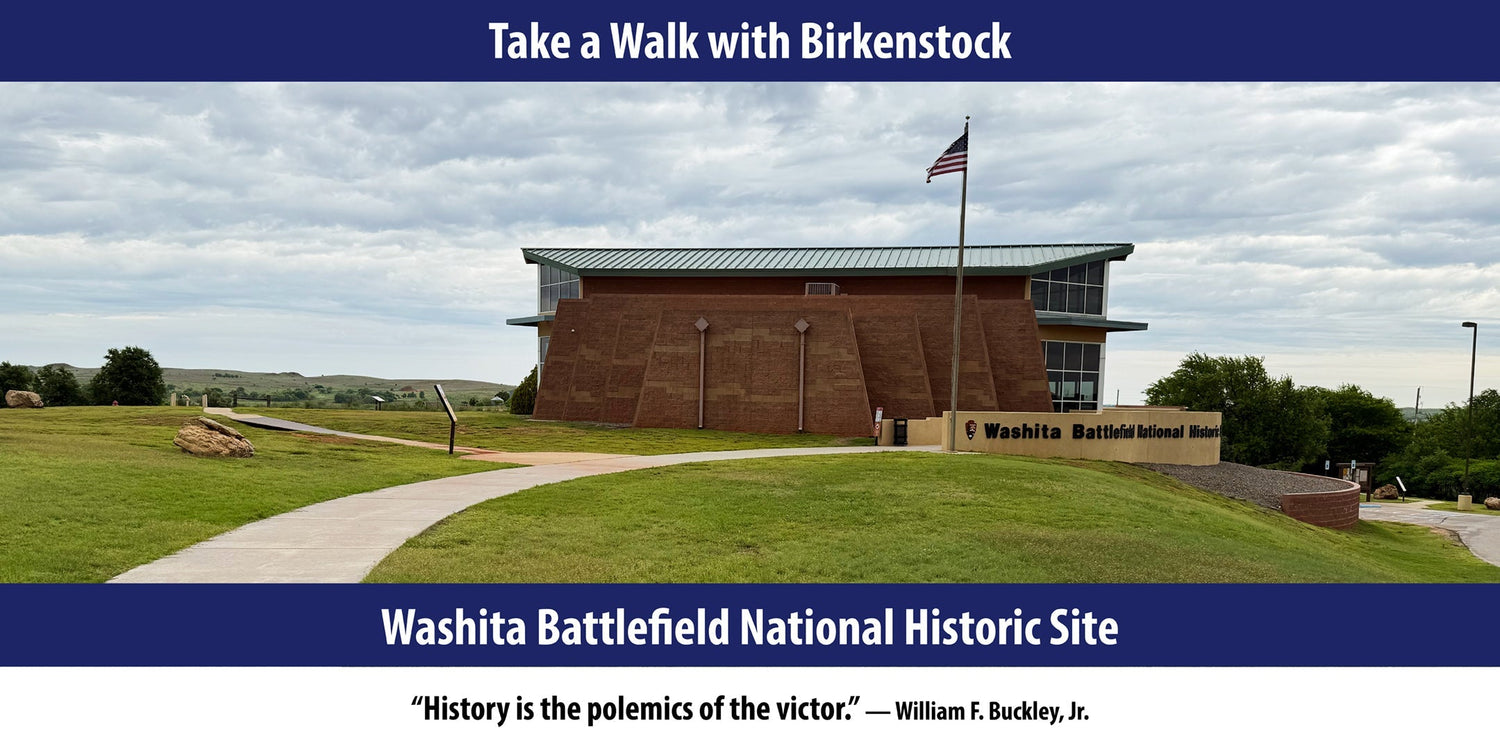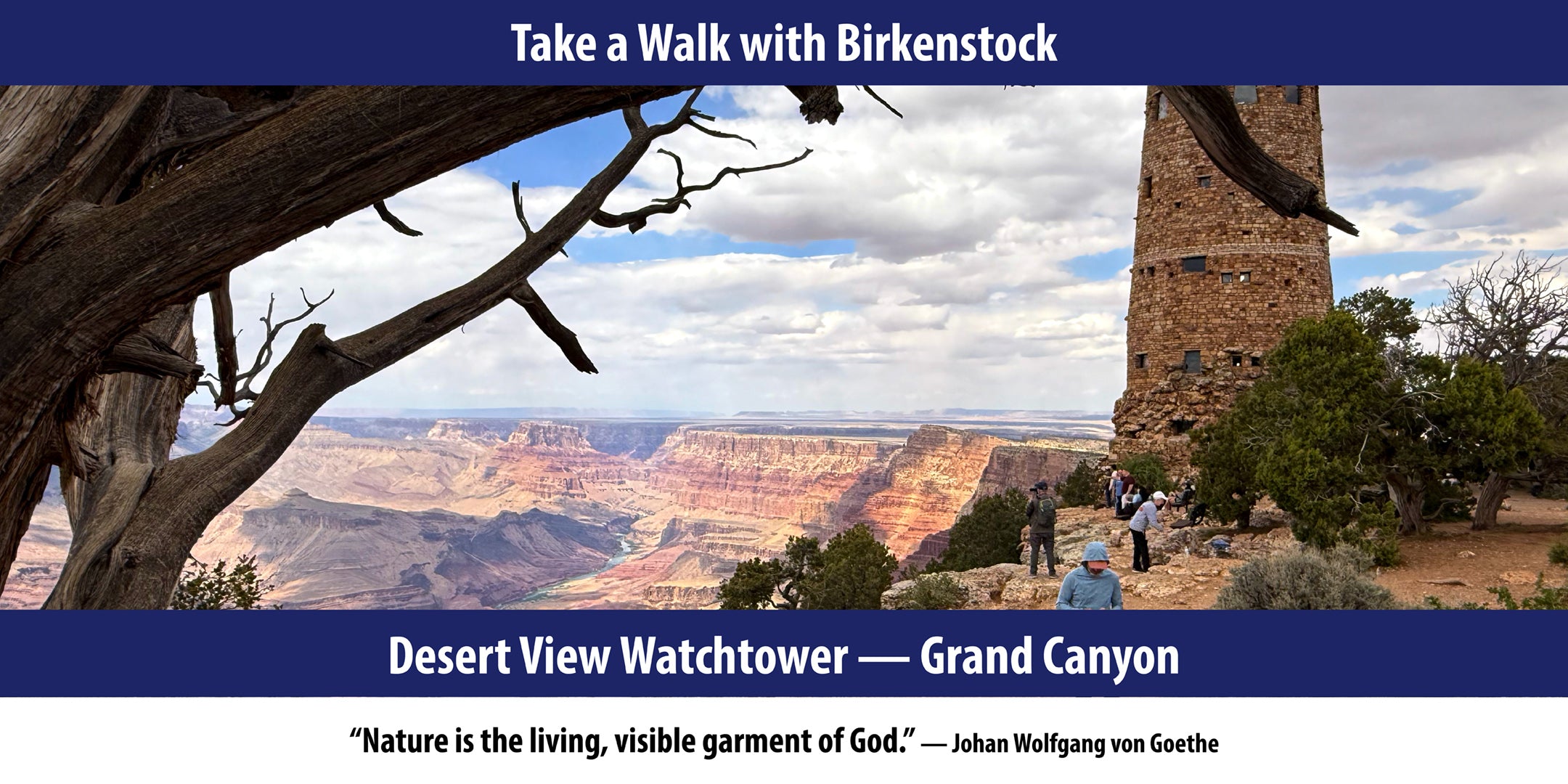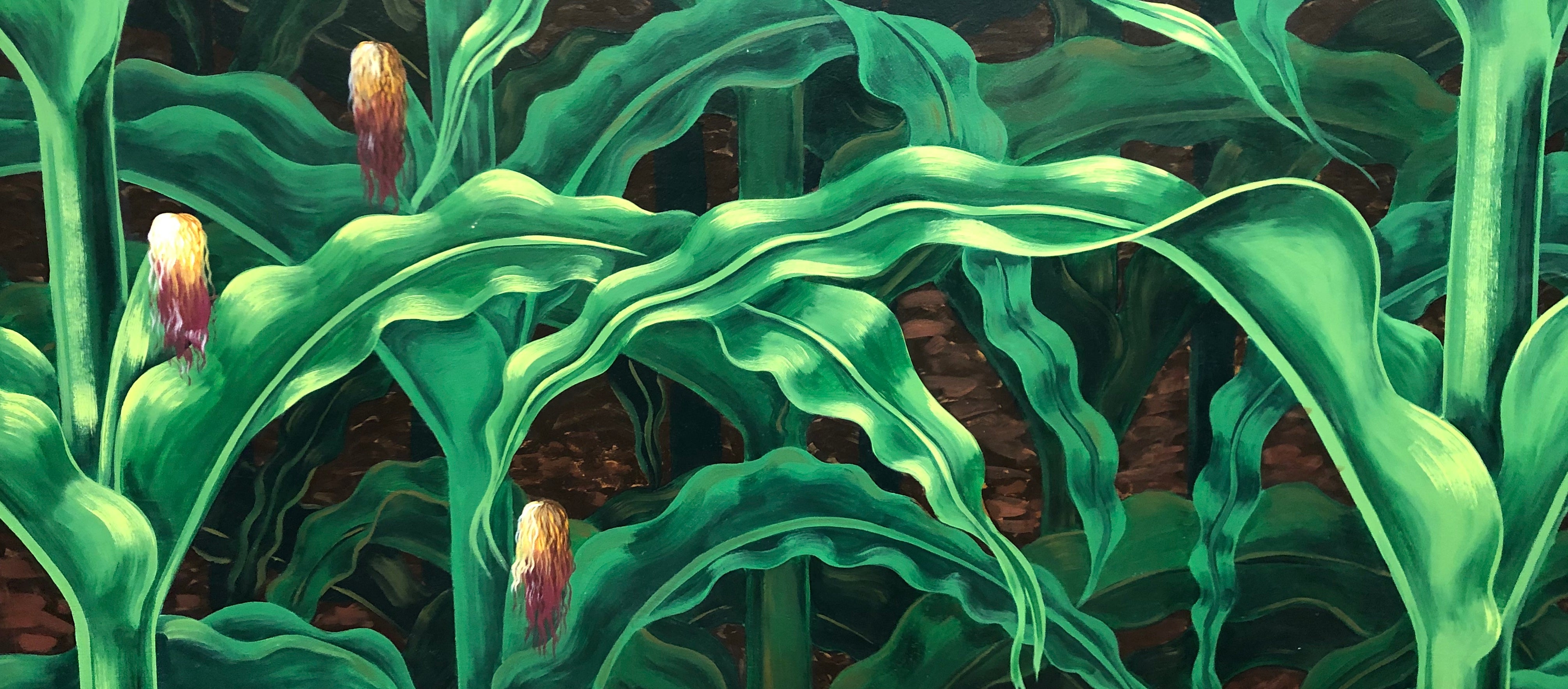If I were to tell the story of the Washita Massacre in a "patriotic" fashion, I would tell how George Armstrong Custer was a bold leader, charismatic and fearless. He fought blood-thirsty savages to make the frontier safe for white Christian families who only wanted a place to settle down and raise their children in peace. Errol Flynn comes to mind. This is the myth I was taught in school in the 1950s and 60s. The movies I watched confirmed it. The only problem with that story is that it is incomplete. It is a one-sided perspective. It lacks the complexity that would lead to a real understanding of the issues of the conflict. It is also boring. We have a fabulous history. It should be told in all its glory and its faults. Of course, children don't need to feel guilty for the circumstances their great-great grandparents lived through. However, understanding an honest history helps kids reach an understanding of the sources of social inequality. It actually makes for better citizens.

The Washita Battlefield site is administered by the National Park Service. It is located just west of Cheyenne, OK. The visitor center is about a mile east of the battlefield, which is hallowed ground. Once you arrive at the battlefield parking lot, there are sidewalks of reddish-dyed concrete which reference both the red dirt of Oklahoma and the blood spilled on this ground. There are signs with QR codes along the way to connect you with recordings of what happened. As the recording describes how Custer approached the river valley from higher ground to the northwest, you can look up and see the hills being described and understand his troop movements. Over time the course of the Washita River has changed with routine flooding, therefore the specific location of Black Kettle's camp is only approximately known. Black Kettle was a well-known peacemaking leader of the Southern Cheyenne. He felt his camp was vulnerable due to its isolation. He was planning to move downstream to be nearer to thousands of other Cheyenne, but it was terribly cold that November and the move was delayed.


When the Pilgrims landed in 1620, estimates for the native population in North America ranged all the way up to 18 million people. The Puritans viewed themselves as God's chosen people. When their diseases killed up to 90% of native populations in advance of the settlers, it was viewed as Divine Providence. That mindset gradually morphed into the notion of Manifest Destiny, a belief in white Christian Nationalism combined with American exceptionalism, democracy, and capitalism. We were destined by God to expand our nation all the way to the Pacific Ocean, an unstoppable force. The only problem was the Native people who were in the way.

When Custer's troops descended upon the sleeping encampment of Black Kettle at dawn on November 27th of 1868, it was very cold. The 7th U.S. Cavalry band started playing the "Garry Owen", but their instruments froze up within a couple bars. They proceeded to kill over 100 Indians, men, women, and children. Then they destroyed their housing, winter provisions and shot hundreds of their horses. Black Kettle, the peacemaker, and his wife were both shot and killed trying to escape. America had this sense of moral superiority, actual technological superiority, and numerical superiority. Indian resistance was somewhat futile. The Washita Massacre hastened the decline of resistance to white settlement. Custer was bold and fearless. He was also reckless. Recently, he had been court marshalled for behavior most unbecoming an officer. Had he attacked the Cheyenne settlements downstream, where he would have been greatly outnumbered, the outcome would have been different. There may have been "hostiles" in the Black Kettle camp, but Custer didn't really know. His luck did run out at the Battle of the Little Big Horn in 1876. His recklessness finally caught up with him.


Today the battlefield is a beautiful, peaceful place to take a walk and comprehend our history from all perspectives.


Take a walk with Birkenstock.
















